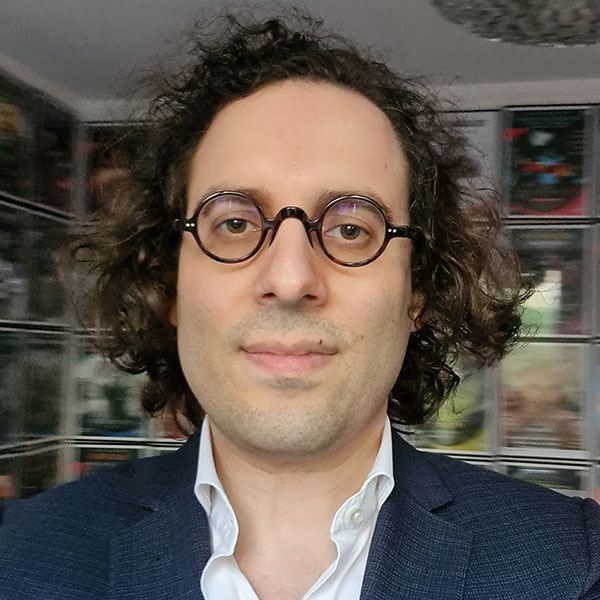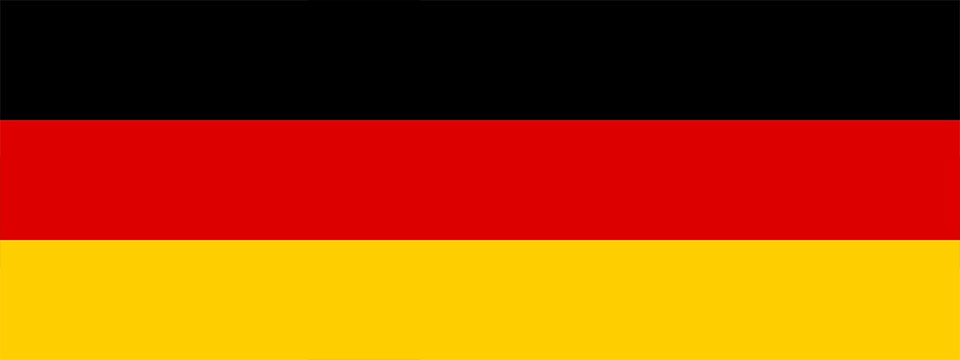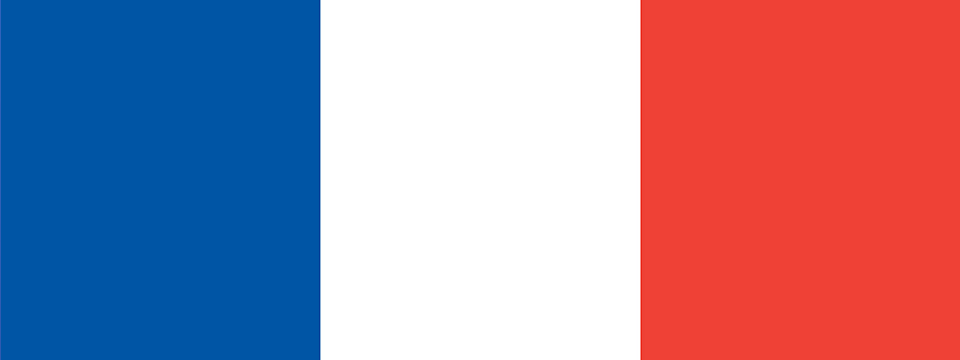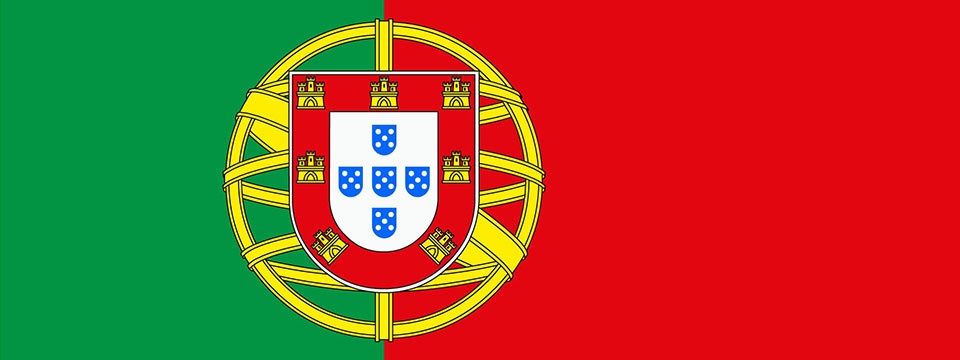Member State Interview
The Once-Only view from Finland
In May 2023, we discussed the Finnish implementation of the Once-Only Technical System (OOTS) with Olli Hurskainen, Mervi Kylmänen-Paakki and Kirsi Mikkonen from Development and Administrative Services Centre (KEHA-Centre).
The team shared their thoughts on working on such a large cross-border project, the nature of digitalisation and responding to continuous changes to the technological and regulatory situation and how OOTS Projectathons are helping them make maximum progress.
Once-Only Technical System
The Once-Only Technical System connects EU public authorities, so they can exchange official documents and data at the citizen’s request. It puts into practice the Once-Only Principle, which states that citizens should not be forced to provide information to authorities if another authority already holds that information (certificates, credentials, or licenses, for example, known as ‘evidence’) in electronic format. The legal deadline for the implementation of the Once-Only Technical System is 12 December 2023.
The European perspective
Digitalisation is nothing new in Finland, with the Nordic country ranking number one in the 2022 European Digital Economy and Society Index (DESI) of Member States. In this context, the team felt confident about Finland’s overall position in terms of the digitalisation of public services.
For the Finnish team, the true value of the Once-Only Technical System is the cross-border component.
The situation varies, some procedures are done completely digitally, and then there might be some low-volume procedures [with lower levels of digitalisation]Kirsi Mikkonen
Regulation (EU)2018/1724 on the Single Digital Gateway sets out 21 specific administrative procedures for which users should be able to transmit authentic evidence types in different areas, from running cross-border businesses to studying or retiring in other EU countries.
We have already been moving in a direction similar to that of the EU. But the SDG did bring some new ideas and approaches on how to proceed, especially in the cross-border contextKirsi Mikkonen
Single Digital Gateway Regulation
The Single Digital Gateway Regulation ((EU) 2018/1724) (SDGR) is a multifaceted EU-wide initiative that strives to create the digital infrastructure required to overcome these challenges. It aims to help citizens and businesses make best of the Single Market. Article 14 of the Single Digital Gateway Regulation (EU)2018/1724 mandates the creation of the Once-Only Technical System.
The Once-Only Technical System stands to benefit EU citizens and businesses whenever they need to provide evidence (such as certificates or diplomas) when performing administrative processes frequently encountered when moving or doing business in another EU Member State. But, according to Olli Hurskainen, this can also innovate the work of the competent authorities (that lawfully issue evidence) connected through the Once-Only Technical System: “competent authorities have to think that you can use any given services in the whole EU single market and not just Finland”. “This has really brought the Single Market into centre stage” concluded Kirsi, reflecting on how Once-Only leverages on interconnectivity to help people make the most of Europe’s Single Market.
Competent authority
Competent authority means any Member State authority or body established at national, regional or local level with specific responsibilities relating to the information, procedures, assistance and problem-solving services covered by the SDGR
Implementation in Finland
We thanked Olli, Mervi and Kirsi for their time and the conversation.
Interviews with national implementers are a unique chance to look beyond the technical cross-border interconnection of digital services in Europe and get to know the architects of our digital Europe and what motivates them.
Thomas Fillis & Michael Ulrich, Once-Only Technical System Team (DIGIT-EXT)




